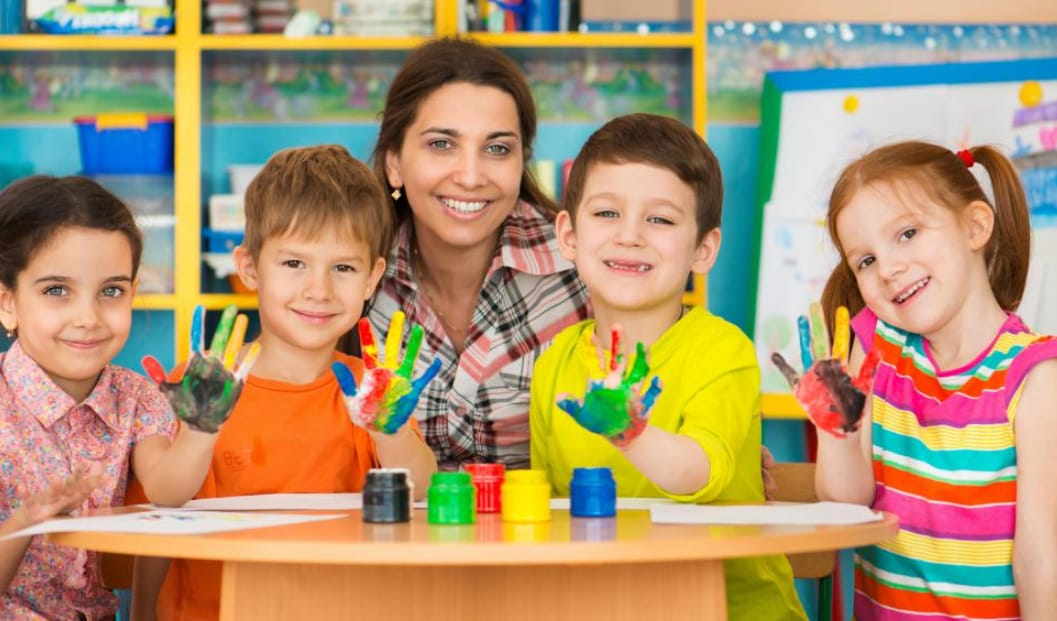In an educational landscape increasingly attuned to the importance of mental health, student wellbeing activities stand as critical components of modern pedagogy. These activities aim to support students not just academically but emotionally, promoting resilience and a sound, healthy mind. With a growing body of evidence to suggest that emotional well-being directly impacts learning outcomes, educational systems are now incorporating a variety of creative approaches. This blog post will explore the innovative ways in which educators can foster emotional growth and the positive influence of resilience programs for schools.
Wellbeing in the educational context is not a luxury; it is a necessity. As academic demands escalate, students are in dire need of skills and strategies that foster emotional strength and adaptability. This need has led to the formation and implementation of diverse student wellbeing activities geared towards nurturing a robust emotional landscape in educational settings.
Embracing Mindfulness and Resilience Building
Studies show mindfulness exercises bolster concentration and decrease stress levels, making them a staple in resilience programs for schools. They provide students with critical moments of reflection and inner peace, an antidote to their often hectic and fast-paced lives.
Creative Expression as Emotional Outlet
Artistic pursuits offer students a way to articulate their emotions in a constructive and enriching manner. Whether it’s through painting, creative writing, or dance, these activities create channels of emotional release and self-discovery.
Connecting with Nature for Inner Growth
Outdoor education is not only enriching for the mind but also for the heart and soul. Activities like gardening and wildlife conservation foster a sense of responsibility and interconnectedness with the planet, crucial for emotional maturity.
Fostering Community through Peer Engagement
Mentoring initiatives and peer support groups are invaluable in cultivating a supportive community for students. They provide a framework for sharing experiences, thereby enhancing emotional resilience and collective growth.
Technology Mindfulness: A Pathway to Balance
In the digital age, encouraging students to engage in regular digital detoxes fosters healthier life habits and self-awareness, making them instrumental to wellbeing curricula in schools.
Social and Emotional Learning: A Curriculum of Caring
SEL programs integrate crucial life skills into the academic environment, affecting not just scholastic achievement but also personal development. Highlighted within resilience programs for schools, SEL is foundational for emotional intelligence.
The payoff from investing in student wellbeing activities is immense. By prioritizing emotional growth through creative and reflective activities, educators are not simply teaching; they are equipping young minds with the tools required for life’s varied and often challenging journeys. These programs ensure the cultivation of emotionally capable, resilient individuals ready to contribute positively to society.
The continuous implementation of diverse and innovative wellbeing activities is a testament to an evolving education system, one that values the emotional strength of its students as much as their intellectual prowess.

